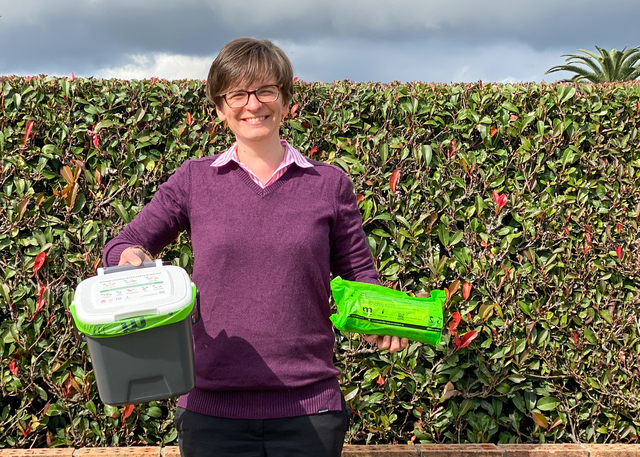In each edition we feature the views of a Local Government Association President. The following is from Councillor Phyllis Miller, President of the New South Wales Shires Association.
The Shires Association represents the interests of regional and rural Councils – and therefore the communities of regional and rural NSW. As Local Government in this State faces one of the biggest shake ups it has seen in decades I am committed to making sure the State Government does the right thing by country areas, and to ensuring rural communities are kept informed.
The Shires Association is – and always has been – prepared to work alongside the State Government in deciding what reforms are necessary and how to implement them. We have started this process by producing a detailed discussion paper to help our member Councils prepare submissions, as required by the State Government by 31 August. Our members will be thinking carefully about the needs of their communities. We want to be sure that structural reform in this State is sensible, reasoned and properly planned.
The Shires Association is working to balance the differing interests of its member Councils, recognising that some are interested in amalgamations or other structural reforms while others are not.
It is my aim to ensure this process is managed fairly, with proper consideration of all the issues. Viable Local Government is about more than just reducing costs. To properly service a community we must also ensure there is adequate representation and appropriate service to these communities. The Shires Association will be making sure the Government looks at issues such as communities of interest and protection of jobs, and not just the bottom line.
In many rural areas, Councils are among the biggest employers. One of our greatest fears has been that many communities would suffer significant job losses as a result of Council amalgamations. Local Government Minister, Tony Kelly, has announced that there will be no staff cuts for three years following any amalgamations. It is certainly a measure of comfort, but it does raise a number of questions.
What measures will the State Government introduce to help people find new positions before the three year safety net collapses? Many Council jobs are quite specific to Local Government – are workers in isolated areas therefore expected to move to larger Councils, which could well be hours from their homes?
Premier Bob Carr, in his speech to the Shires Association Conference in June, mentioned, that there were many small Councils in this State with less than 5,000 people. What he didn’t mention was that many of the State’s smallest Shires in terms of population are among the biggest in terms of geographical size. To merge some of these smaller Councils could easily mean creating huge areas where Councillors and services are hours and hours away from the people they represent.
He also would have us believe that smaller Councils are in financial strife while bigger Councils are coasting along happily. It’s a big generalisation, and the truth is that some of the Councils targeted for amalgamation are far from struggling financially.
In addition to singling out small Councils, the Premier also made targets of ‘donut’ Councils, and this is simply unfair. Councils considered for amalgamations must not end up on the list simply because they happen to surround another Council area.
Certainly initiatives like resource sharing and yes, in some cases, even amalgamations, could alleviate some of this pressure, but the Government must also commit to addressing some of the underlying issues. The only way we can have successful reform is through a genuine partnership between Local Government and State Government.







